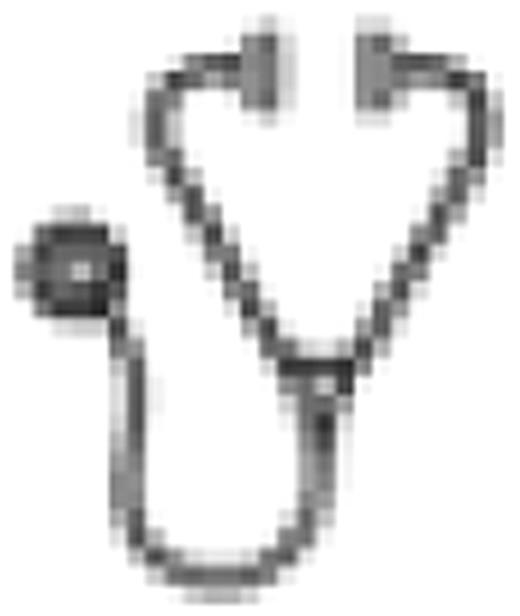Abstract
Abstract 2620
In our previous report (Zohren et al., Blood 2008) we could show that the blockade of the heterodimer VLA-4 by the monoclonal IgG4 antibody natalizumab leads to a significant increase in circulating CD34+ cells in patients with multiple sclerosis (MS). We now extend our analysis on the influence of natalizumab on CD34+ cells comparing bone marrow (BM) and peripheral blood (PB) derived CD34+ cells of natalizumab patients with those from healthy donors.
A total of 83 patients with MS receiving natalizumab were included. In vitro adhesion, migration and apoptosis assays as well as LTC-IC of immunomagnetically enriched CD34+ cells were conducted. Flow cytometric analyses were performed to assess phenotype and composition of the CD34+ subsets.
The median concentration of circulating CD34+ cells was significantly greater compared to normal donors (7.7/μL vs. 1.8/μ L; p= 0.0001) and remained relatively stable during a one year treatment with natalizumab. Leukocyte cell counts, the number of T cell subsets as well as the number of CD19+ B cells and CD56+ natural killer cells were in normal range in PB and BM after short- and long-term treatment with natalizumab. However, we found significantly reduced adhesion and migration abilities of circulating CD34+ cells under natalizumab treatment in comparison to G-CSF mobilized CD34+ cells of healthy donors. Moreover, the self-renewal capacity of these cells was poor. In contrast, no significant difference was seen between the BM of natalizumab patients and the BM of healthy donors with regard to cellularity and proportion of CD34+ cells. In addition, neither co-expression of CD49d nor the adhesion ability of the BM derived CD34+ cells revealed a significant difference between the two collective.
Our data indicate that natalizumab mediates an increase in circulating CD34+ cells by impaired homing. These findings argue against the use of natalizumab-exposed PB CD34+ cells for transplantation.
No relevant conflicts of interest to declare.

This icon denotes an abstract that is clinically relevant.
Author notes
Asterisk with author names denotes non-ASH members.

This feature is available to Subscribers Only
Sign In or Create an Account Close Modal